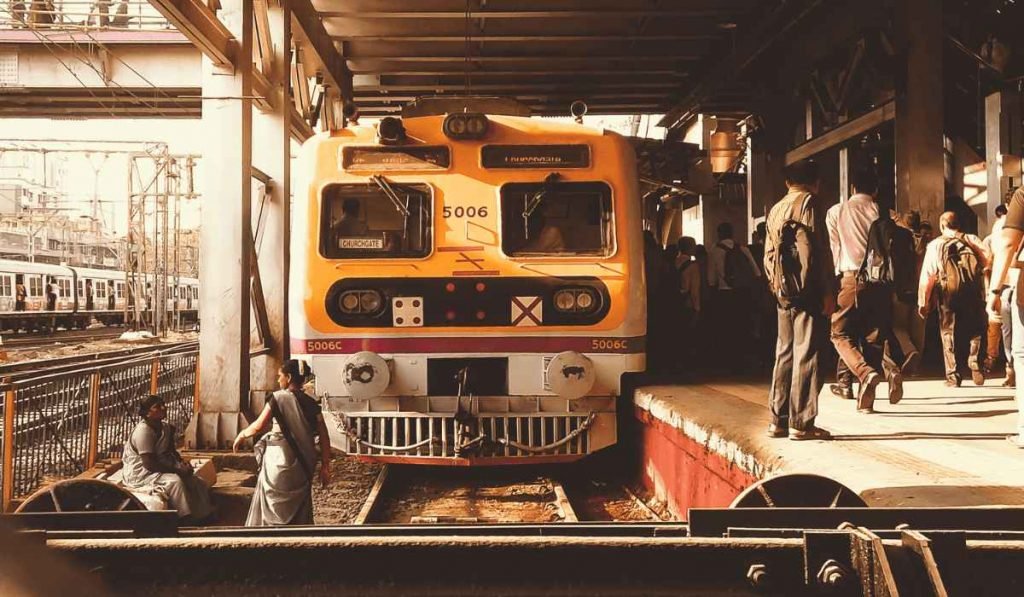Mumbai’s local train network is the oldest railway system in Asia. More overly known as the city’s ‘life-line’.
The railway network was introduced on April 16th 1853, when its first train took off from Bori Bunder (currently known as Chhatrapati Shivaji Maharaj Terminus) for Thane covering a distance of 34 kilometres in an hour and 15 minutes. It was opened primarily as an experiment line meant to test if it could serve to connect the port of Mumbai with the country’s interiors. However, it became a hit amongst passengers in the city. Soon further expansions along this line were commissioned and constructed, and what is today known as the Central line began to take shape.
The present-day Western line started to take form in 1867 when the Bombay, Baroda, and Central India Railway (BB&CI) company constructed a line connecting Mumbai and Vadodara in Gujarat starting from what is Grant Road station today. A suburban service connecting Virar and Backbay opened in 1867, with the inauguration of Churchgate station in 1870. Trains to Andheri began only in 1928.
Service on the Harbour line – named so as it served the city’s eastern harbour – commenced in 1910 with a line connecting Kurla and Reay Road. It started resembling its current avatar when the line was expanded to reach present-day Chhatrapati Shivaji Terminus in 1925. The cable further expanded to Mankhurd in 1951 and then to Navi Mumbai in the 1990s. The Trans-Harbour line, the youngest of all suburban service lines, started in 1993, connecting Navi Mumbai to Thane. However, only freight trains ran on the line until 2004.
Today with the Western, Central, Harbour and Trans-Harbour lines catering to more than seven-and-a-half million commuters daily, 2,342 train services running from 4am to 1am – and some beyond – Mumbai’s suburban train network is one of the busiest train systems in the world. Much like the various ups and downs in the city’s history, the trains, too, have numerous fatalities from overcrowding, derailments and other tragedies. The train system has been targeted during various terrorist attacks, including serial bomb blasts in 2006, which killed 209 people.
Below are some of the essential milestones of Western Railway:
- April 12th 1867: The BB&CI commences daily service between Virar and Backbay
- 1870: Churchgate station opened
- 1873: Colaba Terminus commissioned
- January 5th 1928: First electric train runs between Colaba & Borivali
- 1930: Colaba station closed
- 1936: Steam engines are withdrawn from service; Borivali–Virar section electrified
- March 2nd 1961: Introduction of 9-car trains
- 1972: Total number of services crosses the 500 mark
- 1986: Introduction of 12-car trains
- 1992: Introduction of special trains for ladies and reserved seating for seniors
- 1993: Introduction of the special handicapped compartment
- 2003: Total number of services crosses the 1,000 mark
- 2007: Indian Railways’ first ATVMs introduced on WR; DC-AC conversion of Borivali–Virar section completed[4]
- November 21st 2009: Introduction of 15-car rakes
- November 2011: DC-AC conversion of Borivali–Vile Parle section complete[4]
- February 5th 2012: Conversion from DC to AC traction completed
- April 16th 2013: Extension of the line from Virar to Dahanu Road
- November 27th 2016: 37th station, Ram Mandir railway station at Oshiwara was opened between Goregaon and Jogeshwari station.

